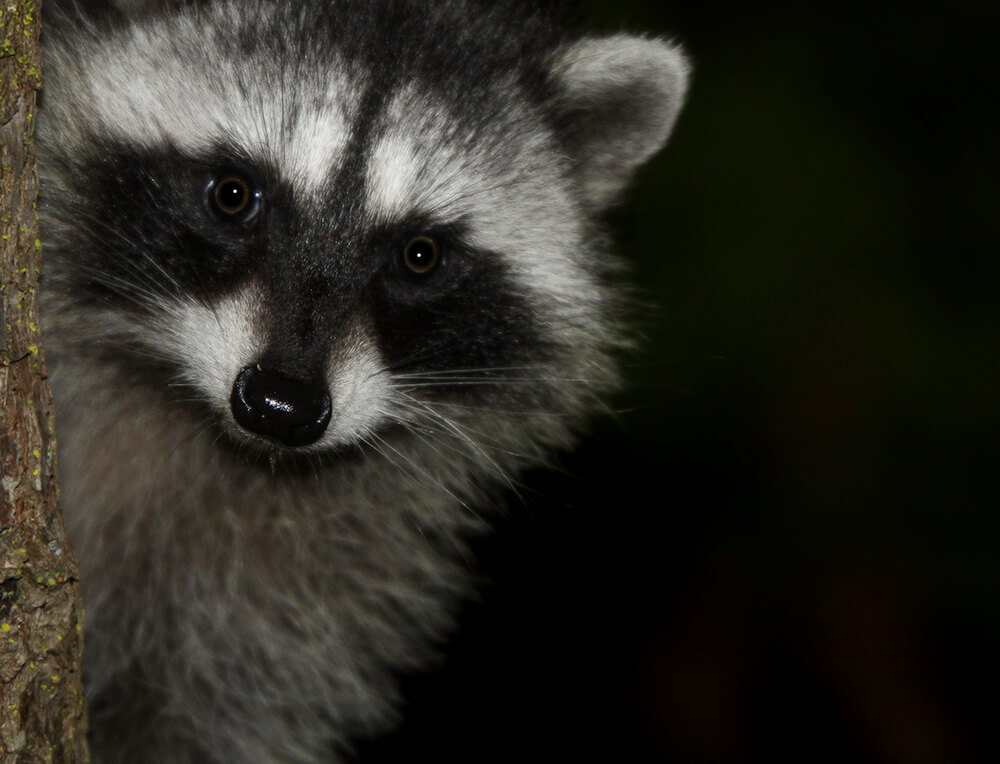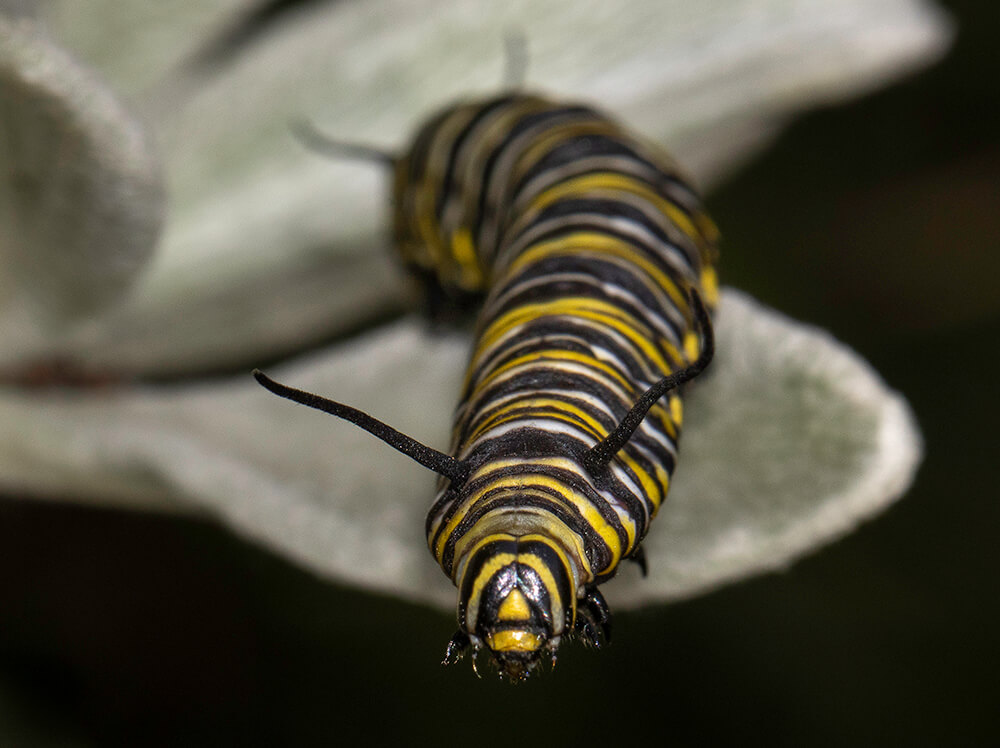Words by Robert David Siegel
How far do we need to wander to find our wild side? Certainly, it can be thrilling to travel the globe in search of new wonders. However, it can be quite remarkable to discover nature in our own backyards. This realization came to me while traveling in the Galapagos. I wondered what I might see closer to home—if only I paid attention and looked more carefully.
The dark-eyed junco is ubiquitous and not at all shy. We have found them nesting in our bushes and flowerpots. Adept hunters, these passerines find plenty of insects to munch on and feed their young.

Safely ensconced in our houses, many of us are oblivious to what goes on in our yards at night. With a light in hand, we may discover that the nocturnal bioscape changes dramatically. Seeing these secretive denizens is one thing; capturing their images is quite another. Fortunately, raccoons may move slowly. Just don’t get too close.

When the junco nests are close at hand, it is a fascination to watch the progression from the placid eggs, to the gaping maws of begging chicks, to flight-competent adolescents as they first take wing!

Spiders, like this spotted orbweaver, garner my admiration for their remarkable architectural skills, but also for preying on mosquitos and other pesky insects. Orbweavers make marvelous photographic subjects that can often be captured from every direction.

It has become relatively common to see a wild coyote or turkey in our open space parks. But imagine finding them coming up your Peninsula home driveway. I have seen both. The turkey gave me plenty of time to grab my camera and snap a shot. The coyote did not.

Famed for their epic, multi-generational migration and their gaudy don’t-eat-me coloration, monarch butterflies will often flit through the yard. If you are lucky, you may find some monarch caterpillars munching on the milkweed.

After a quiet swim in the pool with his partner, this mallard takes to the wing, while noisily announcing his departure. As humans impact more and more of the environment, birds like mallards have figured out how to take advantage of this encroachment.
In addition to being a microbiology and immunology professor at Stanford, Palo Alto's Rober David Siegel is a docent and avid wildlife photographer who teaches courses in photographing nature. web.stanford.edu/~siegelr/photo.html


